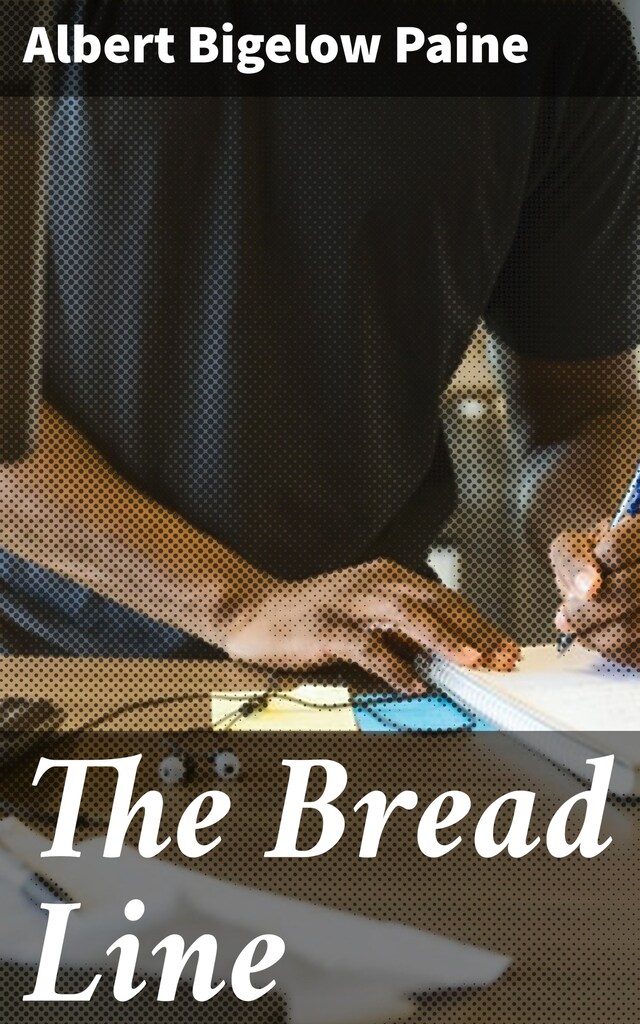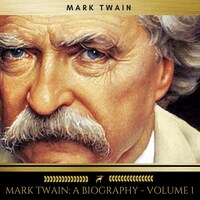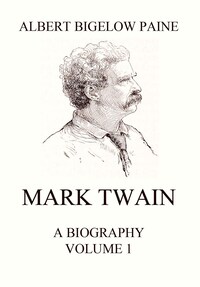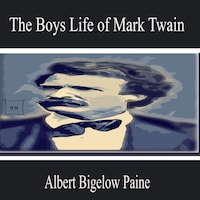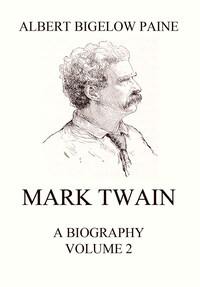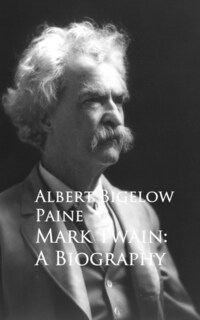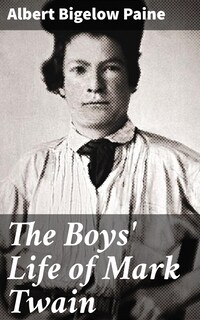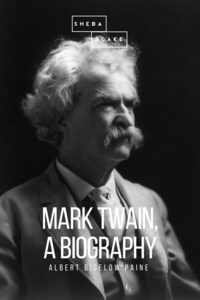The Bread Line
A Story of a Paper
Description of the book
In "The Bread Line," Albert Bigelow Paine offers a poignant exploration of poverty and social injustice during the early 20th century. Written in a stark yet evocative prose style, this work immerses readers in the grim realities of those who depend on meager handouts for survival. Set against the backdrop of America's economic struggles, the narrative unfolds through a series of vivid vignettes that illuminate the humanity of those who inhabit the bread lines, challenging the prevailing social attitudes of the time. Paine's keen observational skills and insightful commentaries provide a compelling critique of societal indifference, reflecting the broader literary movement of realism that sought to portray life with unflinching honesty. Paine, a prominent American author and biographer known for his biographical works on figures such as Mark Twain and John Burroughs, was deeply influenced by the socio-economic conditions of his era. His background as a journalist and his commitment to social reform are evident in this work, revealing his empathy for the marginalized and his desire to provoke a response from his readership. This personal investment in the subject matter lends authenticity and urgency to his narrative. "The Bread Line" is a must-read for anyone interested in American literature, social issues, or the historical context of the Great Depression. Paine's intricate storytelling and deeply humanistic perspective not only illuminate the struggles of the impoverished but also encourage readers to reflect on their own societal responsibilities. This book is an essential addition to the canon of American realist literature.
 Albert Bigelow Paine
Albert Bigelow Paine 126 Pages
126 PagesThe book The Bread Line and over 1 million other books
from £59/month
Fill your life with stories
